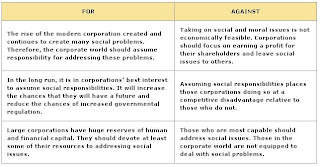PGP Admission Process for IIMB Batch of 2011 Selection Criteria for Shortlist for PI process. Total 65 marks are alloted in the following manner: 1. CAT -20 2. 10th board=15 3. 12th board=10 4. Bachelors= 15 5. Work ex or Professional Course(CA/ICWA/ACS ) - 5 PI process: Total 35 marks are alloted to this stage with 15 marks for the Essay/Note and 20 for the interview. Since the pre-PI process marks of candidates are very close due to the flawed methodology used for CAT standardisation, the PI process plays a very integral part. 1. note content score (weight=7.5), 2. note style score (weight=7.5), 3. the personal interview score (weight=20), 4. Work-ex review:work experience score will be multiplied by the quality of experience score on a 5 point scale (0 – 0.5 – 1 – 1.5 – 2). So the pre-PI workex score of 5 is scaled to a maximum value of 10. The combined score is then used to select candidates. Take-aways: 1. Work-ex candidates have a strong edge as they receive around 4-8 m...

Comments
Post a Comment